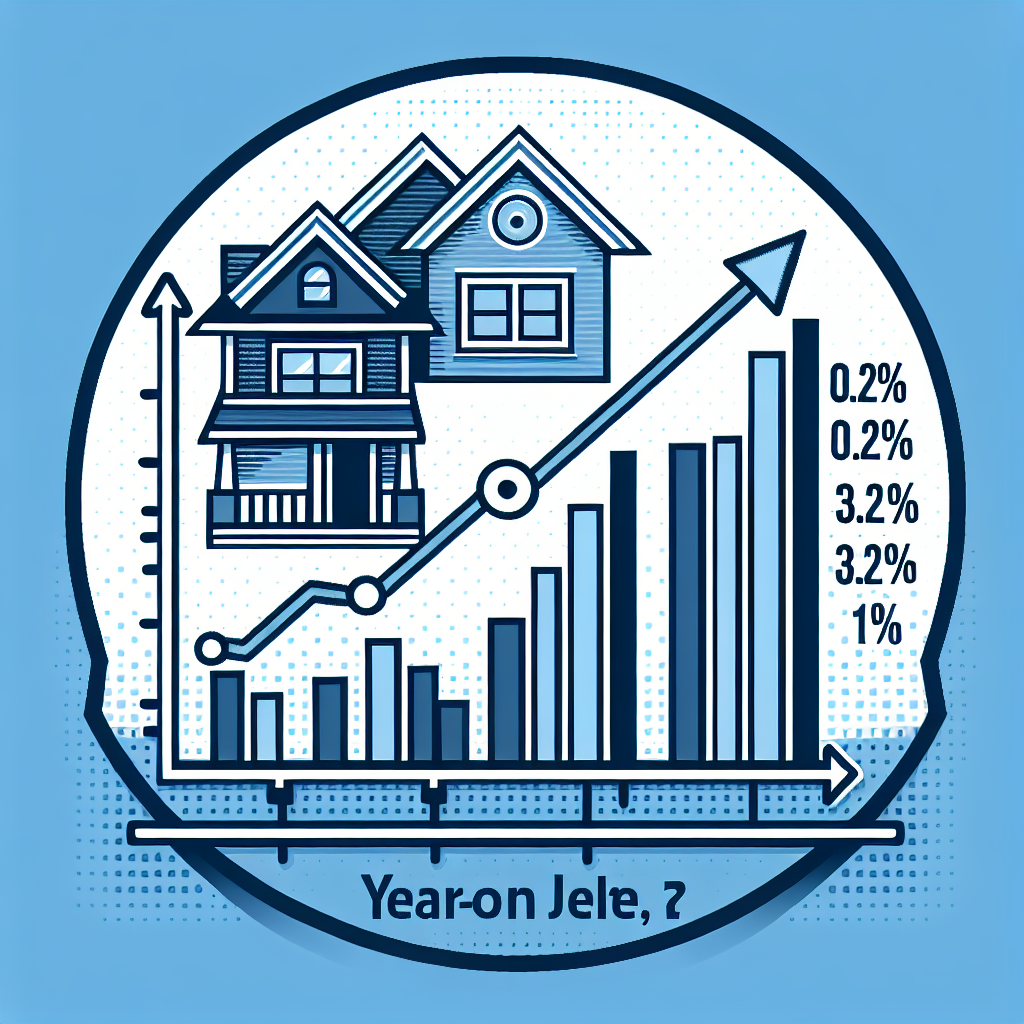According to the Zillow Home Value Index (Home Value Index, a monthly indicator measuring home prices and housing market trends), house prices in the United States rose by 0.2% year-on-year in June, a significant slowdown compared to the 3.2% increase over the previous 12 months.
ResiClub’s analysis of the Zillow report shows that the number of markets with falling prices among the top 300 largest housing markets in the U.S. has increased from 31 in January to 80 in March, and further to 110 in the latest reading for June.
The real estate market in the United States is cooling down, with more metropolitan areas experiencing a decline in home prices. Austin, Texas saw a 5.8% decrease in prices compared to the previous year, while Tampa and Miami in Florida experienced drops of 5.7% and 3.8%, respectively.
ResiClub also points out that in regions where inventory remains relatively low, particularly in the Northeast and Midwest, prices continue to rise, albeit at a slower rate.
These findings align with mortgage data and recent research from the technology company ICE. Their research indicates that prices have dropped by at least 1% from recent peak levels in 30% of the largest markets.
Andy Walden, Vice President of Research and Analysis at Intercontinental Exchange (ICE), told CNBC that one reason for the slowing growth is that while increasing inventory has boosted buyers’ purchasing power, many sellers are reluctant to list their properties. For many Americans, their homes represent their largest financial asset. If prices continue to decline, homeowners may delay selling to avoid losses, leading to reduced inventory and a stagnant housing market.
Data from Realtor.com shows a significant increase in housing inventory in 2025, with active listings rising from 829,000 units in January to nearly 1.1 million units in June. Prior to this, during the COVID pandemic, housing inventory had dropped significantly, reaching a low of 347,000 units in February 2022, the lowest level recorded by Realtor.com since monthly tracking began.
Mark Zandi, Chief Economist at Moody’s, attributes the current situation to the ongoing increase in mortgage rates. He wrote, “Although house price growth has been robust, it’s changing as prices have plateaued and are starting to fall – the 7% impact of mortgage rates on demand, along with more listings, will determine what locked-in homeowners do based on their financial and job situation.”
He cautioned that this could further impact prices, housing construction, and sales. Zandi stated, “Real estate is quickly becoming a comprehensive drag on broader economic growth, and we have an increasing number of reasons to be concerned about economic prospects later this year and early next year.”
Federal Reserve Board Member and economist Adriana D. Kugler stated in a recent speech that the future of the housing market “essentially” depends on the currently uncertain economic outlook of the nation.

